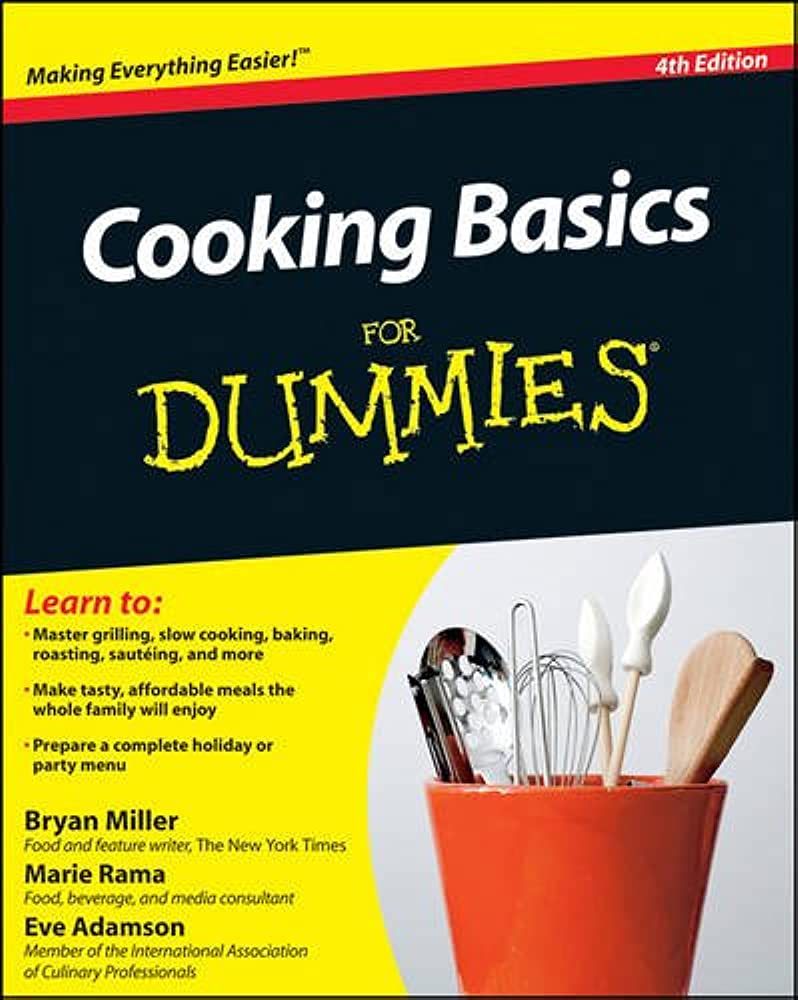Sautéing is a basic cooking skill that is essential for creating delicious meals from scratch. To master the art of sautéing, you should choose the right pan, use the right oil, preheat your pan, cut ingredients evenly, add ingredients in the right order, not overcrowd the pan, and season generously. The pan should be large enough to hold your ingredients but not too large such that the food sits in oil. The right oil should have a high smoke point. Preheat your pan, cut ingredients evenly, add ingredients in the right order, don’t overcrowd the pan, and season generously to bring out the food’s flavors.
Mastering the Basics: A Guide to Sautéing for Beginners
Sautéing is a culinary technique that involves cooking food over medium to high heat in a small amount of fat. It is a basic cooking skill that is essential for creating delicious meals from scratch. Whether you are a beginner in the kitchen or an experienced cook, mastering the art of sautéing is a must.
Here are some tips and tricks to help you master the basics of sautéing:
1. Choose the right pan.
When sautéing, your pan of choice should be large enough to hold your ingredients, but not so large that your food sits in oil instead of coming into contact with the hot surface of the pan. A good rule of thumb is to choose a pan that is at least 10 inches in diameter. Additionally, a sauté pan with sloping sides and a flat bottom helps to cook food evenly and easily.
2. Use the right oil.
The oil you choose for sautéing will affect the flavor and texture of your dish. Some oils, such as extra-virgin olive oil, have a low smoke point and can burn easily, while others can withstand high heat. In general, use oils with a high smoke point, such as canola, grapeseed, or avocado oil. Avoid using butter, as it can burn quickly and create a bitter taste.
3. Preheat your pan.
Preheating your pan is essential for sautéing. The hot surface of the pan helps to cook your food quickly and evenly. When sautéing, start by heating your pan over medium to high heat for a few minutes until it’s hot. You can test the heat of the pan by sprinkling a few drops of water on it. If the water sizzles and evaporates quickly, it’s ready.
4. Cut ingredients evenly.
When sautéing, it’s important to cut your ingredients into even-sized pieces to ensure they cook evenly. If some pieces are larger than others, they will take longer to cook, resulting in unevenly cooked food. You can cut food into small pieces, such as diced onions or sliced mushrooms, or larger pieces, such as chicken breasts or pork chops.
5. Add ingredients in the right order.
When sautéing, add your ingredients in the right order. Start with the ingredients that take the longest to cook, such as onions or root vegetables. Next, add ingredients that cook quickly, such as garlic or sliced mushrooms. Lastly, add ingredients that only need to be heated through, such as cooked chicken or shrimp.
6. Don’t overcrowd the pan.
Overcrowding your pan can lead to steaming instead of sautéing. Your food needs room to move around the pan to cook evenly. If your pan is overcrowded, your food won’t brown properly and may become mushy. A good rule of thumb is to fill your pan no more than two-thirds full.
7. Season generously.
Seasoning is key to bringing out the flavors of your food when sautéing. Don’t be afraid to use salt and pepper liberally, and experiment with other seasonings, such as herbs, spices, or citrus zest.
With these tips and tricks, you are well on your way to becoming a master of sautéing. Remember to practice and experiment to find what works best for you. Happy cooking!
